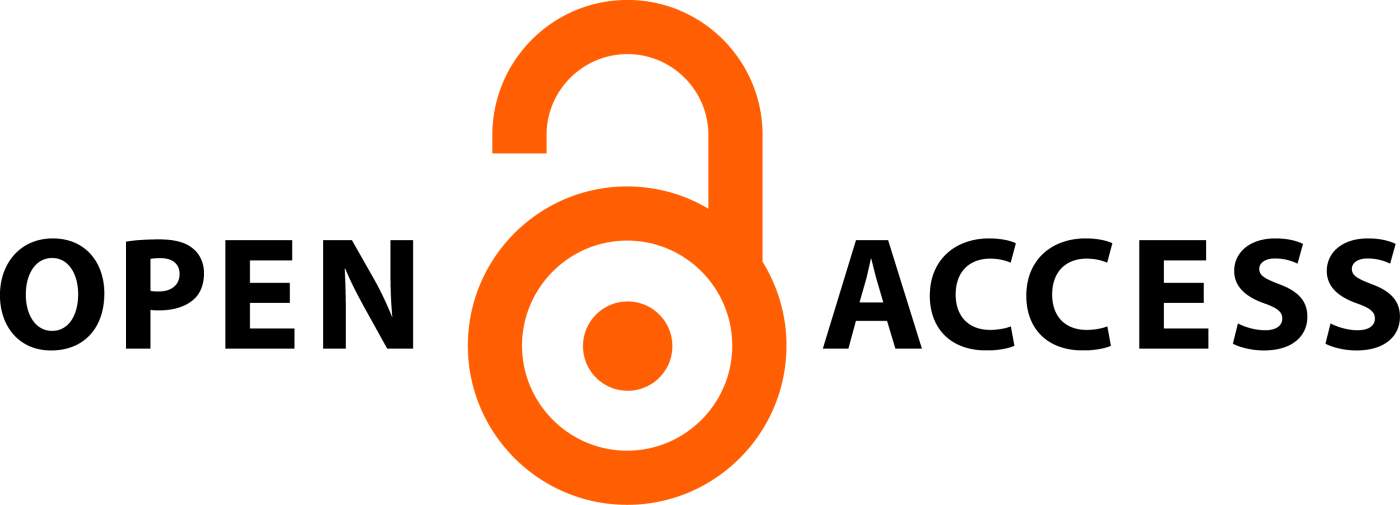MOLECULAR DOCKING PREDICTION OF CARVONE TOWARDS GABA-ATASE AND SODIUM CHANNEL
Abstract
Aim: Modern tool designs frequently employ molecular docking to anticipate small molecules’ binding orientation and better comprehend drug-receptor interactions. Carvone’s molecular docking analysis against sodium channels and GABA-AT is part of this research investigation.
Introduction: Carvone’s molecular docking analysis against sodium channels and GABA-AT is part of this research investigation. The biological significance of carvone has been demonstrated to include anti-epileptic, anti-fungal, anti-inflammatory, anti-cancer, and antioxidant effects. In modern drug design, molecular docking is commonly used to get an understanding of drug-receptor interaction carried out an in-silico evaluation of derivatives of carvone.
Methodology: ChemDraw 2D (15.1) software is used to draw the ligands, ChemDraw-3D is utilized to decrease energy consumption, chimera is used to produce the protein, and Auto Dock 4.0 was used to examine the binding score. To determine whether it would cross to BBB+/BBB- or not, cheminformatics and fingerprint analysis were done using Molinspiration and Adaboost with SVM.
Result: Comparable metrics for newly created carvone derivatives included potential energy, docking score, glide score, and highest docking score. Compounds with docking scores of (-8.39, -5.06, -4.00 kcal/mol). The conformers at the active site are shown and predicted using Discovery Studio Visualizer.
Conclusion: The results of the molecular docking study showed that compound1 has a high affinity for the active pocket and a low binding energy, which made them potentially useful as an anti-convulsant.
Downloads
All the articles published in JAPSR are distributed under a creative commons license (CC BY-NC-SA 4.0)
Under this license, you are free to:
- Share- copy and redistribute the material in any medium or format for any purpose, even commercially.
- Adapt- remix, transform, and build upon the material for any purpose, even commercially.
The licensor cannot revoke these freedoms as long as you follow the license terms.
- Attribution — You must give appropriate credit , provide a link to the license, and indicate if changes were made . You may do so in any reasonable manner, but not in any way that suggests the licensor endorses you or your use.
- NonCommercial — You may not use the material for commercial purposes .
- ShareAlike — If you remix, transform, or build upon the material, you must distribute your contributions under the same license as the original.
- No additional restrictions — You may not apply legal terms or technological measures that legally restrict others from doing anything the license permits.
Copyright policy
The journal allows the author(s) to hold the copyright of their work. That means the authors do not need to transfer the copyright of their work to the journal. However, the authors grant JAPSR a license to publish the article and identify itself as the original publisher.
Licensing policy
The journal allows the author(s) to hold the copyright of their work. That means the authors do not need to transfer the copyright of their work to the journal. However, the authors grant JAPSR a license to publish the article and identify itself as the original publisher.






